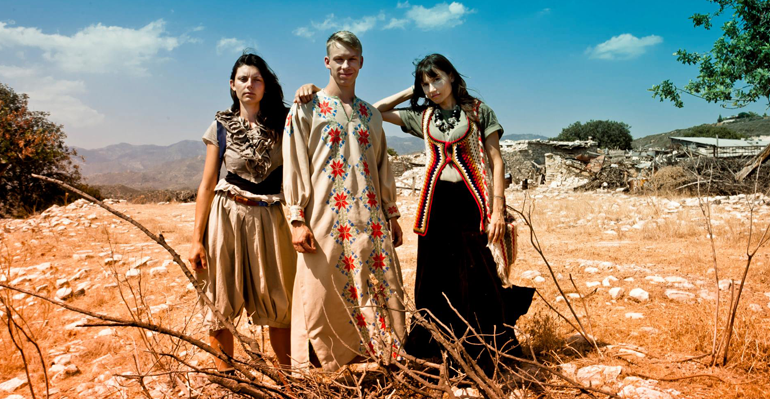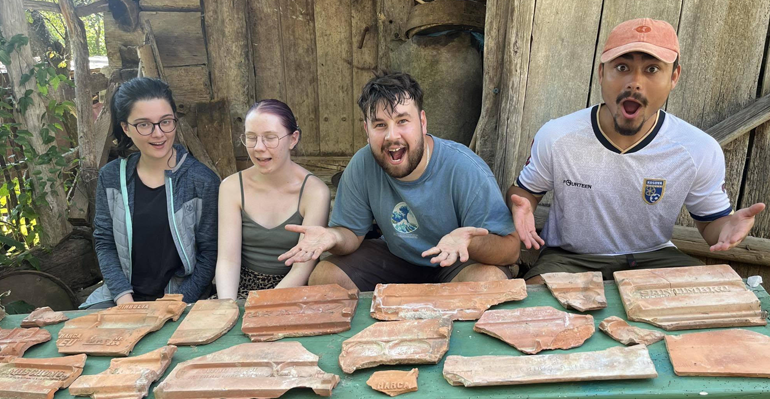Heritage Trails in Cyprus
A Shepherd’s Life in the Cypriot Mountains
Cyprus is still an important place to hear about ancient shepherds and meet some modern-day ones. It’s even possible that some of the earliest ‘farm animals’ were domesticated mouflon, 8,000 years ago, here in this multi-faceted island. Most Cypriots eat sheep/ goat cheese and yogurt, pretty much every day. Less than 100 years ago, there were about 40 shepherds in Kato Drys, now very few.
What the Romans did for us. Zoomorphism in the ancient context and how it transferred to ceramic roof tiles, in countries once in the Roman Empire.
So much of European culture is already well known and is ‘re-packaged’; it is rare indeed to discover new information about culture. In 2012 this is exactly what happened here in Cyprus with Kato Drys Community Council and partners.
Mosaic as part of Cypriot patrimony, Hellenistic, Roman, Medieval and into the modern era
Cyprus is blessed with some of the best “Classical Period” (Ancient Greek through to Byzantine) mosaics in the world. Visitors are able to trace the development from simple arrangements of flat black and white pebbles, through stone ‘tesserae’ to purpose made and brightly coloured glass.
Sacred tombs of well-known historical characters, places of pilgrimage even after many millennia
At various times over the last 1,500 years, Cyprus has been both a very welcoming country in terms of other religions but also a bastion of Orthodox Christianity, especially as the Holy Crusades of the 12th century came to a close. There are many hundreds of revered and much visited tombs and for Christians, literally thousands of saintly relics (bones).



